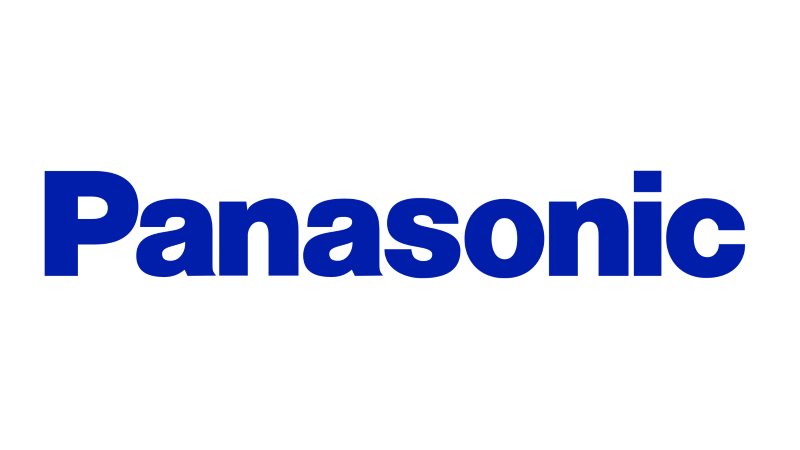Panasonic Claims to Have Developed World’s Best Weather Model
Alexander Neil / 9 years ago

The private weather forecasting business is one that has been growing over the last two decades, with the weather forecasting industry now thought to be worth as much as $6 billion in the US alone. Regardless, these firms rarely collect their own weather data, instead repackaging modeled forecasts and government-collected weather data constructed by supercomputers across the world such as the ECMWF center in Europe.
Now, Panasonic wants to join the weather forecasting party. Neil Jacobs, chief scientist for Panasonic Weather Solutions spoke exclusively to Ars Technica, where he discussed the 11,000-core supercomputer that the company had been running to predict the weather for the last few years. He even makes the bold claim that the model developed by PWS had been outperforming the American Global Forecasting Model (GFS) for years, but was finally becoming competitive with the ECMWF model, which is considered the gold-standard for forecasting models.
Panasonic’s claim to accuracy uses one of the most widely recognized metrics for model accuracy, “anomaly correlation” at the 500mb level of the atmosphere over 30 days. According to Jacobs, the PWS model scores .926 on this scale, compared to .923 for ECMWF and .908 for the GFS, where a higher value is better. If this is to be believed, a small team of only 5 weather modellers, 5 software engineers and around 20 field experts on contract from universities have managed to trump some of the best government weather forecasting services in the world. Not everyone who works on the team shares Jacobs’ absolute confidence in their achievement quite yet but if it is true, then it is truly extraordinary.
The key to Panasonic’s advantage in weather modelling stems from their use of data collected by aircraft. Since the 90s, TAMDAR systems have been fitted to the majority of US airlines by a firm called AirDat, who were acquired by Panasonic Avionics in 2013. These TAMDAR systems are still fitted to aircraft around the world to this day and allow Panasonic to collect data on all levels of the atmosphere as planes ascend and descent to take off and land. While Panasonic hand over much of this data to government weather centers, much of the highest resolution data is kept by them, allowing them to power up their forecasting model.
Whether the PWS model is truly capable of outdoing even the ECMWF may become more apparent over time, with Panasonic appearing to have a clear commitment to continuing development. It is certainly a bold move for a private company to move into a sector almost entirely dominated by government organizations, but perhaps this could just be what weather forecasting needs to move to even more accurate predictions.



















